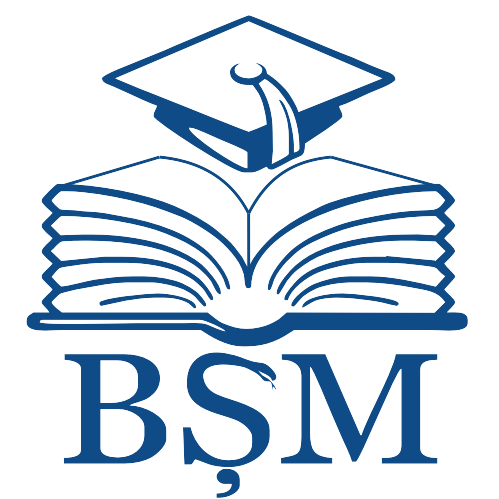| DC Field | Value | Language |
|---|
| dc.contributor.author | Avricenco, Mariana | - |
| dc.contributor.author | Otgon, Grigoria | - |
| dc.contributor.author | Bistritchi, Ina | - |
| dc.contributor.author | Cojocaru, Stela | - |
| dc.contributor.author | Chiriacov, Galina | - |
| dc.contributor.author | Baba, Lilia | - |
| dc.contributor.author | Holban, Tiberiu | - |
| dc.date.accessioned | 2025-07-01T11:35:53Z | - |
| dc.date.available | 2025-07-01T11:35:53Z | - |
| dc.date.issued | 2025 | - |
| dc.identifier.citation | AVRICENCO, Mariana, Grigoria OTGON, Ina BISTRITCHI, Stela COJOCARU , Galina CHIRIACOV, Lilia BABA and Tiberiu HOLBAN. Clinical and evolutionary aspects of neuroinfections: a study from 2019 to 2024. Romanian Journal of Infectious Diseases [on-line]. Vol. 28, nr. 2, p. 103–111. ISSN 1454-3389. DOI 10.37897/rjid.2025.2.2 | en_US |
| dc.identifier.issn | 1454-3389 | - |
| dc.identifier.uri | https://rjid.com.ro/articles/2025.2/RJID_2025_2_Art-02.pdf | - |
| dc.identifier.uri | DOI: 10.37897/RJID.2025.2.2 | - |
| dc.identifier.uri | https://repository.usmf.md/handle/20.500.12710/30897 | - |
| dc.description.abstract | Background and objectives. Neuroinfections are significant due to their epidemiology, unpredictable nature, and
diverse clinical manifestations. This study aimed to determine the characteristic of neuroinfections in patients admitted to an infectious diseases hospital.
Materials and methods. The study was conducted on 106 patients with acute neuroinfections at the “T. Ciorba”
Hospital for Infectious Diseases in the Republic of Moldova from 2019 to 2024.
Results. Neuroinfections were suspected upon admission in 51 (48.1%) cases. The ratio of patients with aseptic CSF
to those with septic CSF was 66 (62.3%) to 40 (37.7%) cases. Significant differences between aseptic vs septic CSF
neuroinfections were observed for patient age 34.9±15.8 years and 19±18 years (p < 0.0001); headache 98.4% vs
67.5% (p < 0.0001); neck stiffness 72.7% vs 42.5% (p = 0.0021); vomiting 57.5% vs 77.5% (p = 0.0372); photophobia
37.8% vs 17.5% (p = 0.0280). The aetiology was identified or suspected in 28 (42.4%) patients with aseptic CSF compared to 36 (90%) with septic CSF. The disease progressed more severely in septic CSF cases – 92% (37 patients) vs
40.9% (27 patients) with aseptic CSF (p < 0.0001), and in children – 80.6% (25 cases) vs adults – 52% (39 cases) (p =
0.0064). Complications developed in 71 (66.9%) patients, primarily in septic meningitis. These included cerebral edema, toxic shock, pneumonia, reactive arthritis, and decreased cognitive abilities. A total of 10 patients (9.4%) died.
Conclusions. Neuroinfections are a medical emergency in the Republic of Moldova, associated with frequent and
potentially fatal sequelae. Timely management involves point-of-care diagnostics, including PCR tests, and early
pathogen-directed therapy. Prioritization should focus on enhancing vaccination coverage and strengthening surveillance networks. | en_US |
| dc.language.iso | en | en_US |
| dc.publisher | Amaltea | en_US |
| dc.relation.ispartof | Romanian Journal of Infectious Diseases | en_US |
| dc.subject | meningitis | en_US |
| dc.subject | encephalitis | en_US |
| dc.subject | neuroinfection | en_US |
| dc.subject | viral | en_US |
| dc.subject | bacterial | en_US |
| dc.title | Clinical and evolutionary aspects of neuroinfections: a study from 2019 to 2024 | en_US |
| dc.type | Article | en_US |
| Appears in Collections: | ARTICOLE ȘTIINȚIFICE
|


